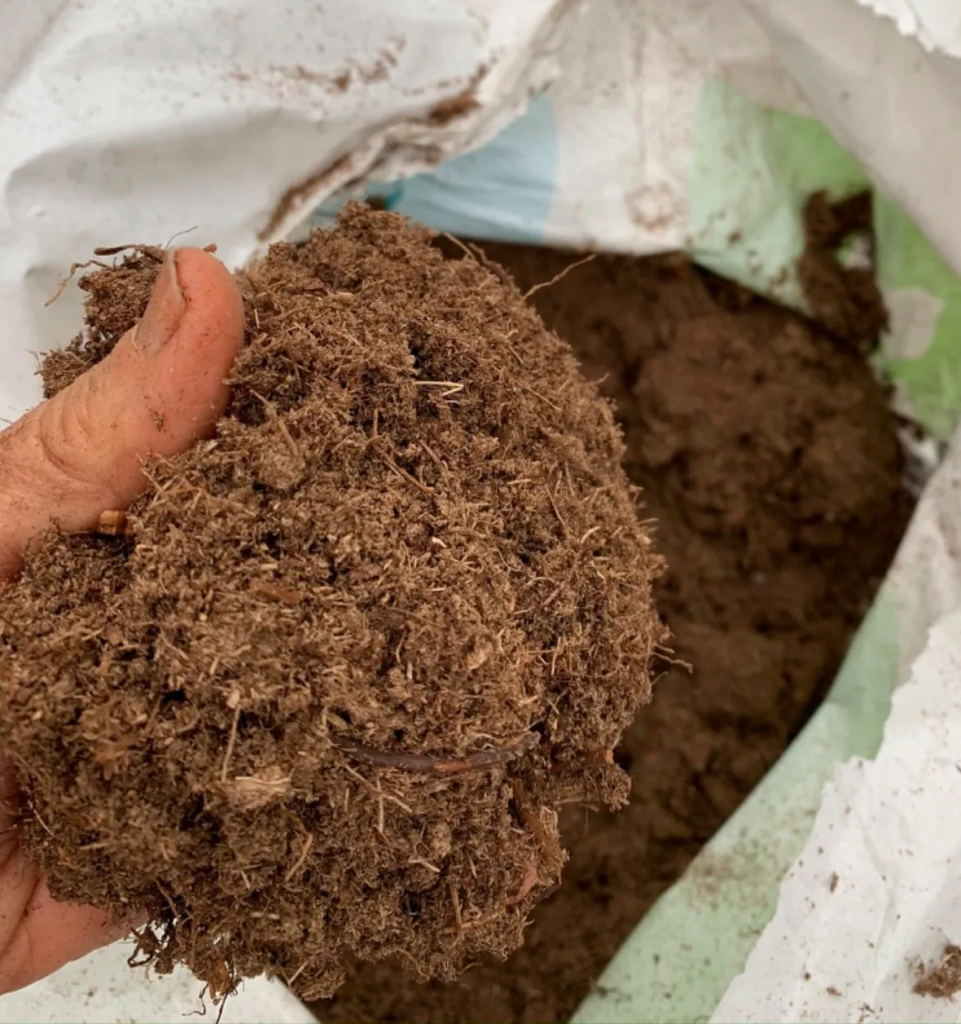Peatlands: What is peat? Why does it matter?
Friday Read and Science | January 2022
Ashley Johnson, Education and Outreach Coordinator
I recently attended a talk on peatlands, by Edward Struzik while he was promoting his new book “Swamplands: Tundra Beavers, Quaking Bogs, and the Improbable World of Peat”. Peatlands have also come up on my social media feed, including as the focus of the keynote presentation at the Institute for Environmental Sustainability’s World Wetlands Day Event. Struzik’s talk cemented for me that peatlands are highly important, and a major feature of our watershed. But what exactly is peat?

Peat is made up of decayed plant matter and sphagnum or other mosses. Peatlands, then, are areas with a high accumulation of peat, and are actually a form of wetlands. Bogs and fens are types of peatlands and might be terms that are more familiar to some. If you’re curious about different types of wetlands near you, check out this new wetland inventory launched by ABMI (Alberta Biodiversity Monitoring Institute), or Ducks Unlimited Canada’s field guide.

There’s a peat bog not too far from the town of Athabasca—the Babette Bog, where peat is actively being mined. Peat mining makes an important contribution to Alberta’s economy, with value to horticulture. The industry is regulated by AEP (Alberta Environment and Parks), and is working towards sustainability.

Peat provides more than economic benefits to the watershed. Once regarded as a landscape that had to be altered to increase agricultural activity, researchers are learning more and more about the benefits of keeping peatlands. Peatlands can store 5 times more carbon than the same area of Amazon rainforest. Peatlands also act as a natural water filter, one that’s even more efficient than a forest at cleansing the water that goes through them. They can also recharge the water table in times of drought, thanks to the water they absorb during spring snowmelt and summer storms. This absorption also reduces flooding, erosion, and sedimentation.
Want to learn more? Check out these resources:
Alberta Government Page on Peat
International Peatlands Society: What are peatlands?
